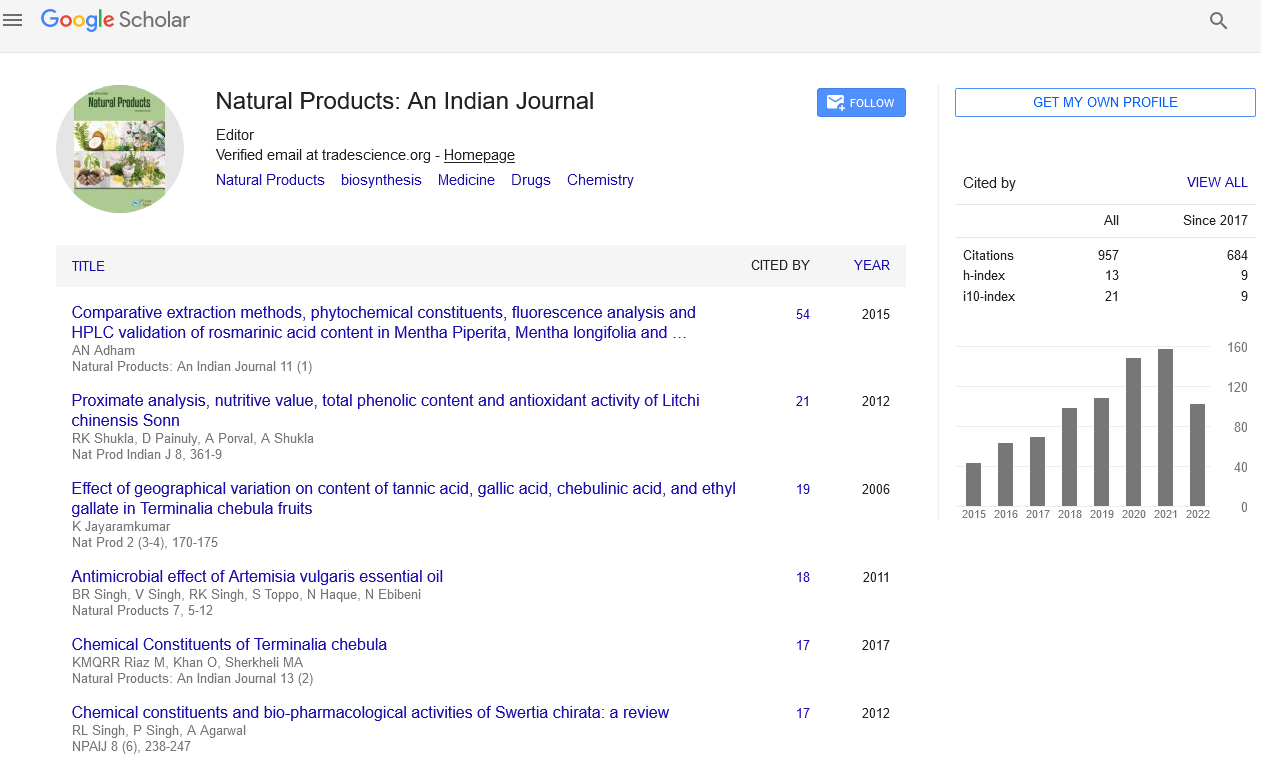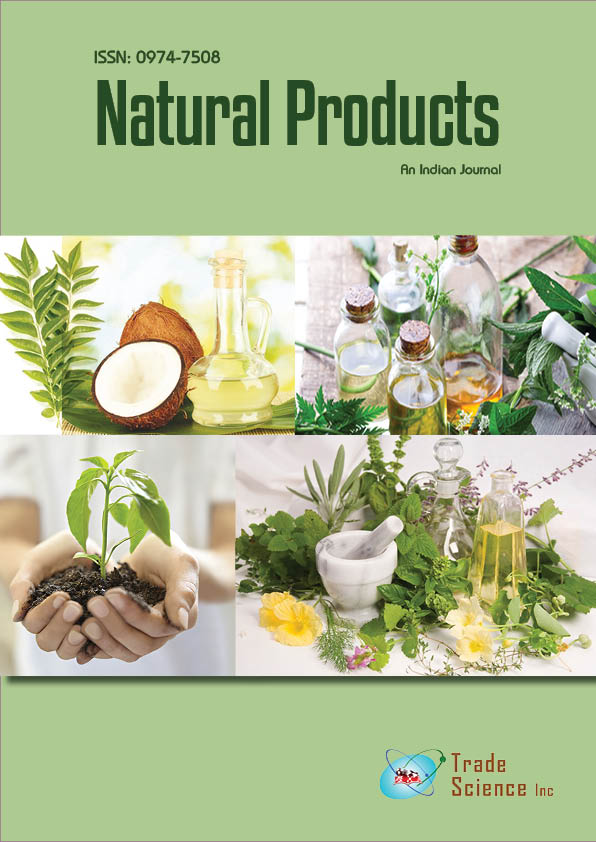Abstract
Production and Composition of Milk are affected by Multivariate Factors
Author(s): Young W ParkCompositions of milk of mammalian species are aÙ?Ù´ected by a variety of factors. Yield and composition of milk varies with species, diet, breed, season, locality, individual animals within breed, stage of lactation, parity, environmental conditions, feeding and management conditions, etc. [1-5]. Ðe basic composition of goat milk is similar to that of cow milk. On the average, caprine milk contains 12.2% total solids, which is consisted of 3.5% protein, 3.8% fat, 4.1% lactose and 0.8% ash. Cow milk has lower protein, fat and ash, and higher lactose than goat milk does. In the milk production curve of ruminant species, it has been known that the total solids, fat, and protein contents of the milk are high in early lactation, fall rapidly and reach a minimum during the 2nd to 3rd months of lactation, and then increase towards the end of lactation ÐLs phenomenon results in an inverse relationship between the amount of milk yield and concentration levels of these components in the milk [1,2,4]. Ðere are no sLgnLficant dLÙ?Ù´erences in levels of total solids and caloric values among cow, goat and human milks [2,4]. Ðe marked dLÙ?Ù´erence exists in the proportion of energy derived from lactose, fat and protein. Fat, protein and lactose in cow and goat milks account for approximately 50, 25, 25% of the energy, while those in human milk contribute 55, 7, and 38% of the milk energy [4,6]. Ðe most prominent dLÙ?Ù´erence in basic composition between cow (or goat) milk and human milk occurs in protein and ash contents [4]. Cow and goat milk have 3 to 4 times higher levels of the two components than in human milk, which is attributed to species specLfic and virtually related to growth rates of the new-born of respective species [4]. Nutrient content of the diet has an important eÙ?Ù´ect on lactation performance, milk composition, digestion and metabolism of dairy animals. Hence, it is essential to determine requirements of each nutrient in the diet of lactating animals, especially in crude protein levels. In modern nutritional science, it has been shown that dietary nutrients either directly or indirectly can alter gene expression. Ðus, nutrients of the diet can Lnfluence the expression of protein and signaling and metabolic status of cells, tissues, organs, as well as the entire organism [7]. Ðe fieOd of nutrition in monogastric animals has been revolutionized by the concept that food components can aÙ?Ù´ect biological functions of body cells by interacting with transcriptome [8]. ÐLs premise also has the potential in application for the fieOd of ruminant nutrition, including dairy cows for the aspect of eÙ¹cLenc\ and quality of milk production. With the advent of artLficLaO insemination and the introduction of cross breeding, dairy cow and small ruminant species such as goats and sheep have made sLgnLficant improvement in milk production through cross breeding with high producing breeds within a same species. Expansion of dairy production in developing and underdeveloped countries has been constrained due to inadequate nutrition, disease, lack of support services and inadequate information on how to improve animal breeding, marketing and processing. Nonbovine species such as buÙ?Ù´aOo, goat, sheep and mare have made sLgnLficant contributions to the economy and wellbeing of many developing countries as source of meat, milk, fiber, hide and other animal products. However, the contributions of these species have been below their expected potentials in some countries due to prevalent livestock diseases, poor management system and poor genetic performance. In global perspective, the sustainability of dairy production requires improvement in feed eÙ¹cLenc\ and reduction in loss of nutrients in the environment. When high quality forage diets are fed to ruminants, majority of dietary proteins are rapidly degraded. ÐLs situation releases 56 to 65% of dietary protein nitrogen (N) in the rumen by microbial fermentation and degradation [9]. 6LgnLficant losses of the degraded dietary N into urine (25-35%) as urea occur aÑ?er ammonia is absorbed through rumen wall [10]. ÐLs urea N is the main source of loss of volatile N to the environment [11]. Ðerefore, losses of dietary N can be prevented by reduction of protein degradation in the rumen. It has been found that condensed tannins (CT) in the forages can reduce ruminal protein degradation and can increase intestinal protein flow if moderate doses are included in the diet such as 20 to 40 g·kg-1 CT in dry matter (DM) [12]. Since these condensed tannins are prevalent in many plants, they can be utilized in the ruminant diets. Parasites have been one of the major villains causing substantial losses in production eÙ¹cLenc\ of small ruminant dairy species. Due to the widespread prevalence of resistance of gastrointestinal nematodes (GIN) to commercial synthetic anthelmintics, the use of these drugs alone has been no longer eÙ?Ù´ectLve and sustainable method for longterm anthelmintic parasite control in small ruminants such as goats, sheep, llamas and alpacas [13,14]. Ðe plant sericea lespedeza (Lespedeza cuneata) is known to be a warm-season low-input perennial legume which is well-adapted to the southern regions of the US. ÐLs legume has a potential as a natural, non-synthetic alternative to anthelmintics for parasite control in small ruminant, because of its high concentration of a unique type of condensed tannin [14]. Ðe use of sericea lespedeza for natural parasite control agent in dairy and meat animals by either feeding fresh legume or dried (hay, leaf meal, pellets) forms has shown to have highly sLgnLficant anthelmintic eÙ?Ù´ect against both GIN and coccidia in goats and sheep, by exhibiting a great reduction of these parasites in small ruminant dairy species.

